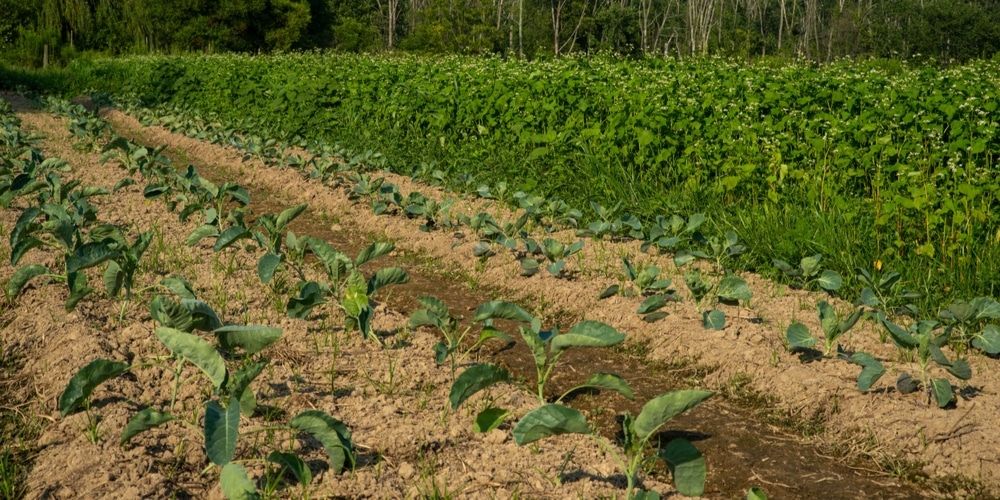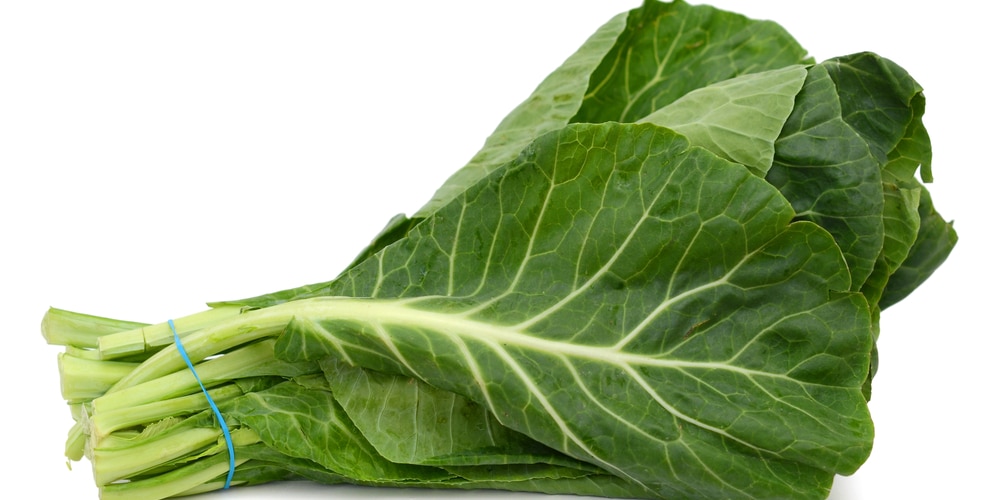In plants bolting refers to a plant producing more flowers as opposed to leaves. This happens when the plants grow flower stalks prematurely to produce seeds. Bolting is known to prevent the plant from bearing a substantial harvest as it directs the energy used in the development of leaves and roots to the production of seeds and flowers as well as the flowering stem.
Bolting is mainly caused by various factors, the first being the disturbance of the plant’s root system. This can be caused by transplanting activities and a shortage of growing space, for example, with plants in a container that is too small or planted in insufficiently distanced rows.
The increase in the day’s length is another factor cause; this leads to the plant’s extended exposure to the sun, which can be damaging to the plants in a garden.
Another factor involves high soil temperatures, as is the case in summer; however, should factors like global warming cause this, it may affect the normal temperatures throughout the year as opposed to the annual schedule.
The occurrence is easily identifiable, as the plants exhibit a sudden upward growth characteristic of a single woody stock with minimal leaves. In plants that grow during an annual season, bolting is considered a sign of the plant’s imminent death.
What to do when your collards bolting

The first and most efficient means of preventing bolting is planting bolt-resistant seeds. The seeds are usually developed to resist the occurrence as they have a high tolerance for heat.
Removing the flower stalks during the early stages of bolting also significantly encourages the plant to use the energy for the production of healthy leaves.
Cooling a garden’s soil with a layer of mulch is also effective when the plants have roots that are sensitive to heat. However, this might not work for collards, so a farmer should consider planting collards differently from other vegetables. For example, if one expects to harvest in summer, they can sow the seeds in early spring to avoid the high temperatures characteristic of summer.
One can also avoid planting in seasons where the temperatures are predicted to fall below 50 F for a long period.
Causes for Bolting
Dry soil encourages vegetables to bolt; with this in mind, a farmer should ensure proper irrigation techniques that will supply the plant with water and help the cooling of the soil.
This is because periods of limited rainfall trigger a plant’s reproductive cycle that is meant to ensure the growth of new plants when the conditions normalize.
Poor soil quality is also an encouraging factor for bolting. If the soil is polluted, the plants have insufficient nutrients relevant for their growth.
Excessive metals and salts, among other pollutants, can trigger a plant’s premature flowering. Pollutants also eliminate the feasibility of bolting reversal techniques like pruning as they poison the plant. This makes soil-enriching techniques a fundamental factor for any garden’s substantial harvest.
Techniques to Keep Collards from bolting
Collards grow best in loamy soil as it drains well as well as retains enough water for the plant’s systems. Ensuring that the soil is rich in phosphorus, nitrogen, and potassium, as well as other organic acids, can heavily contribute to a bountiful harvest.
To condition a garden’s soil texture, amending it with finished compost to boost fertility as well as naturally deter pests and diseases is important. One should also ensure a crop rotation system to avoid the overtime degradation of soil.
It’s important to consider the weather patterns before plantation. However, these can be unpredictable; thus, one should research the technics viable for overcoming weather problems like; providing a shade for the plants during long sunny days.
For warm-weather plants, a garden cloche or frost blanket may significantly benefit the plant and ensure a good harvest even in cold weather. Harvesting often prevents plants from premature flowering.
The plucking of older outer leaves leads the plant to respond by growing its foliage vigorously, extending the vegetative stage.
However, it’s important to note that, even though flowers affect the harvest, they are still important to the ecosystem. Bees need them for food, so it’s important to let a few plants bolt as it supports pollination.
Related Article: How to Grow a Tree Collard
